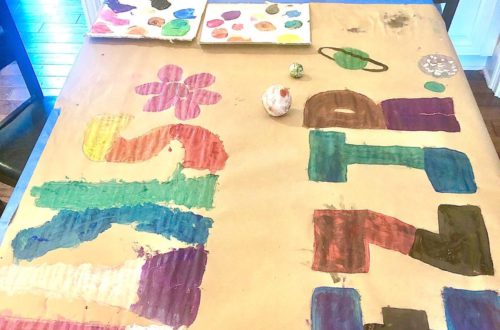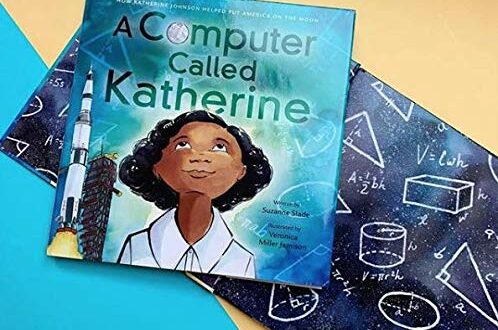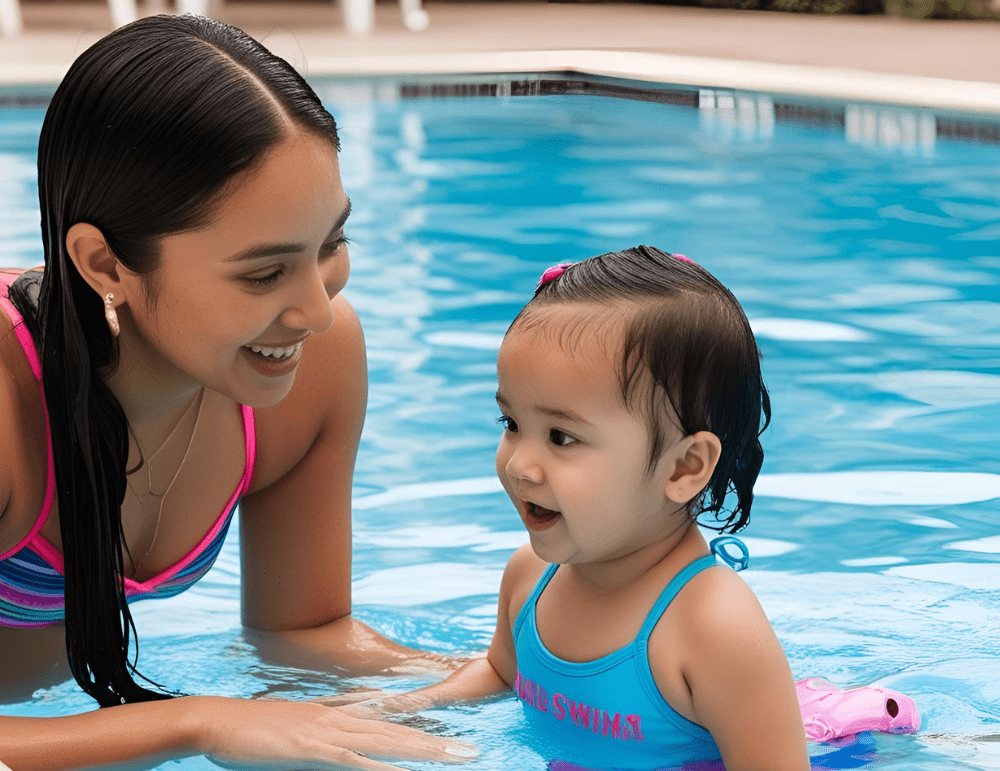
The Amazing Lifelong Benefits Of Teaching Toddlers To Swim
Introducing our adorable little ones to the world of aquatics and swimming can often seem like a huge step to take. Will they love it? Will they cry? How long will it take? So mnay questions
Many toddlers start swimming during summer activities, but learning to swim at the earliest age can offer lasting benefits. It supports physical development, builds confidence, and lays the groundwork for long-term water safety.
When kids become familiar with water early on, they build comfort through repetition. Swimming often becomes just part of everyday life. It might happen at the community pool, during weekend visits to a water park, or even during bath time with a bit of water to play in.
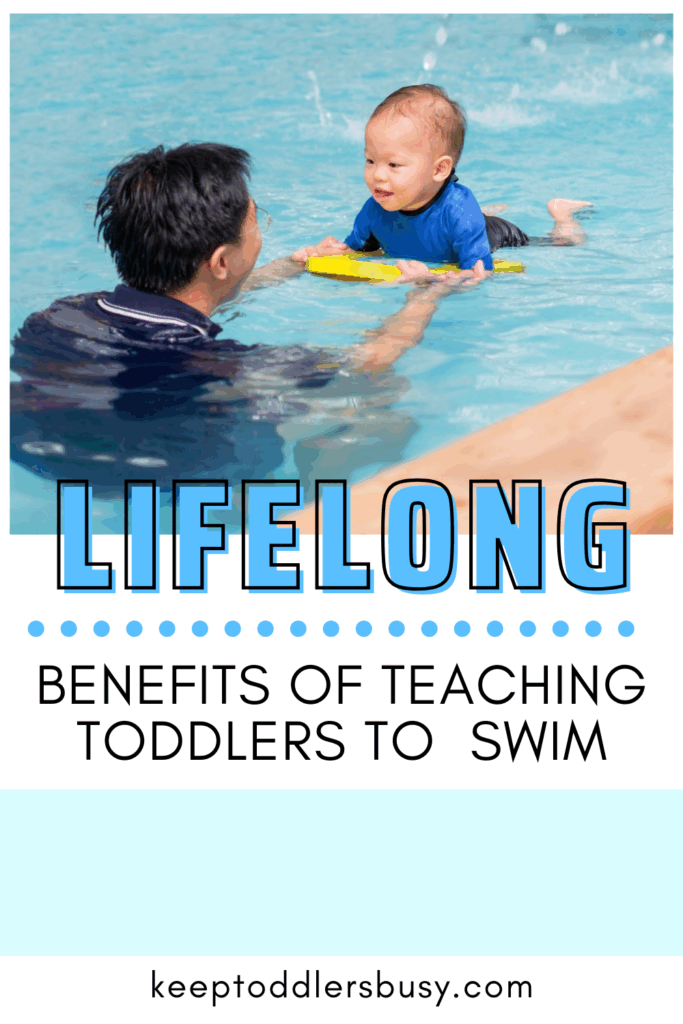
Starting Early: Why Toddlers Benefit the Most
Toddlers are curious by nature. Introducing them to structured swimming lessons during this stage encourages them to learn through movement, touch, and repetition. The sensory input helps with coordination, and the consistency of lessons helps develop muscle memory.
Swimming also encourages independence. When kids start learning foundational skills early, such as how to kick their legs or reach for the edge, they begin to feel more in control. That sense of control matters in a setting where many children often feel unsure. Add in fun games, and they will stay engaged without realizing they’re practicing physical skills.
With regular practice, kids improve their swimming skills and gradually develop emotional maturity. They start managing fears, listening to instructions, and building resilience through small wins.
Why Location and Instruction Style Matter
Families looking for structured swimming instruction can find a range of options through swimming lessons Birmingham, including both private and group formats. These lessons are designed to support a variety of skill levels.
What often makes the biggest difference is how sessions are paced and taught. Instructors familiar with toddler development break tasks into manageable steps. For example, early lessons might focus on helping a child feel okay putting their head underwater. Others may begin with simple practice using a flotation device.
This kind of teaching model reduces the feeling of being overwhelmed and helps kids feel safe while still challenging them to improve. Facilities that offer shallow and deeper water options give instructors more flexibility so toddlers can progress at a steady pace without being rushed into unfamiliar territory.
The Role of Repetition and Routine
Toddlers need lots of practice to build any new skill, and swimming is no different. Weekly or bi-weekly lessons help them retain what they learn and build on it. Practicing for short periods of time works better than occasional, long sessions.
Over time, familiarity with the water helps them stay calm and focused, even when practicing more challenging tasks like floating on their back or reaching for the wall without assistance.
You don’t need a full-size pool at home to reinforce these lessons. A bit of water in the tub or backyard kiddie pool can give toddlers an opportunity to splash, kick, and build muscle memory in between formal instruction.
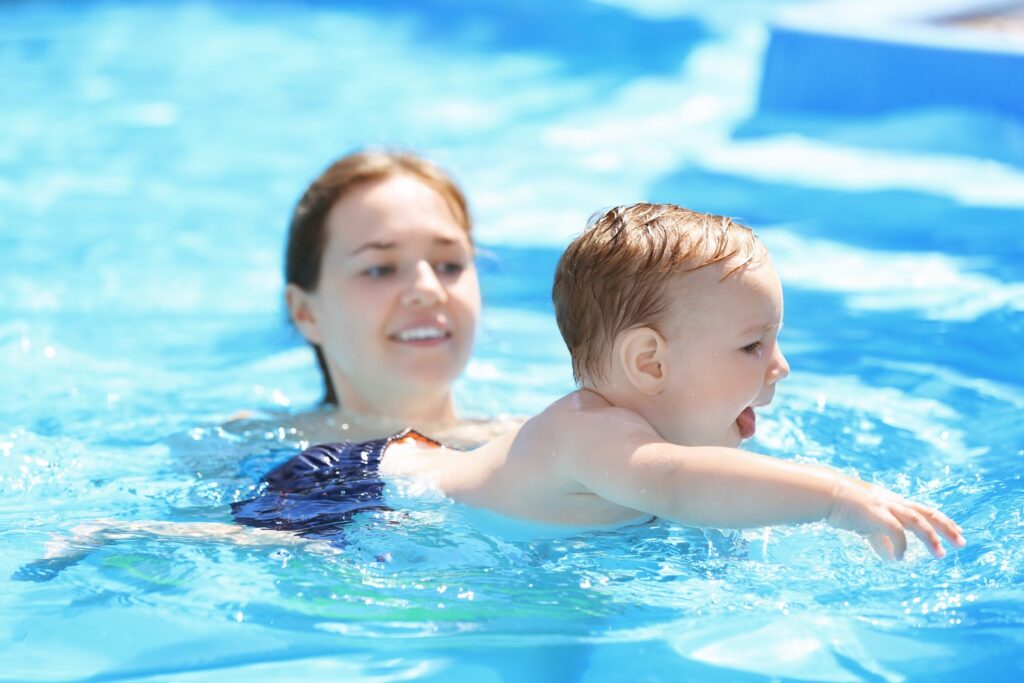
Water Safety Starts with Awareness
While no swimming lesson replaces supervision, starting early gives toddlers a basic awareness of water safety. Learning how to wait for an adult before entering the water or recognizing when lifeguards on duty are nearby can help build smart habits. Lessons often include simple behavioral cues that stick: ‘Hold the wall,’ ‘Stay where your feet touch,’ or ‘Ask before you get in.’
Kids with a background in water safety are also more likely to understand the risks tied to pools, lakes, and even deeper water at beaches. They begin to recognize boundaries and understand the purpose of using life jackets or staying within a certain water level.
These habits, taught early, create safer swimmers. They also give parents peace of mind in situations where access to water is hard to avoid—family trips, visits to friends’ homes with pools, or even community splash pads.
Learning to Swim Is About More Than Technique
Swimming lessons often go beyond basic technique. They give toddlers a consistent environment where they can face small challenges and learn how to respond. As they become more familiar with the water, they also learn to trust their instructor and build a better sense of their own ability.
Encouragement, repeated attempts, and small successes help strengthen their confidence. That kind of growth can support how they handle new situations in other areas of life.
Water activities also create opportunities for bonding. Whether you’re in the water with your toddler or cheering them on from the side, you’re creating shared experiences they’ll remember.
These early exposures shape how they approach other physical activities and even influence how they manage stress. Repetitive motion in water has a calming effect for many kids, and those who start young often carry that comfort with them as they grow.
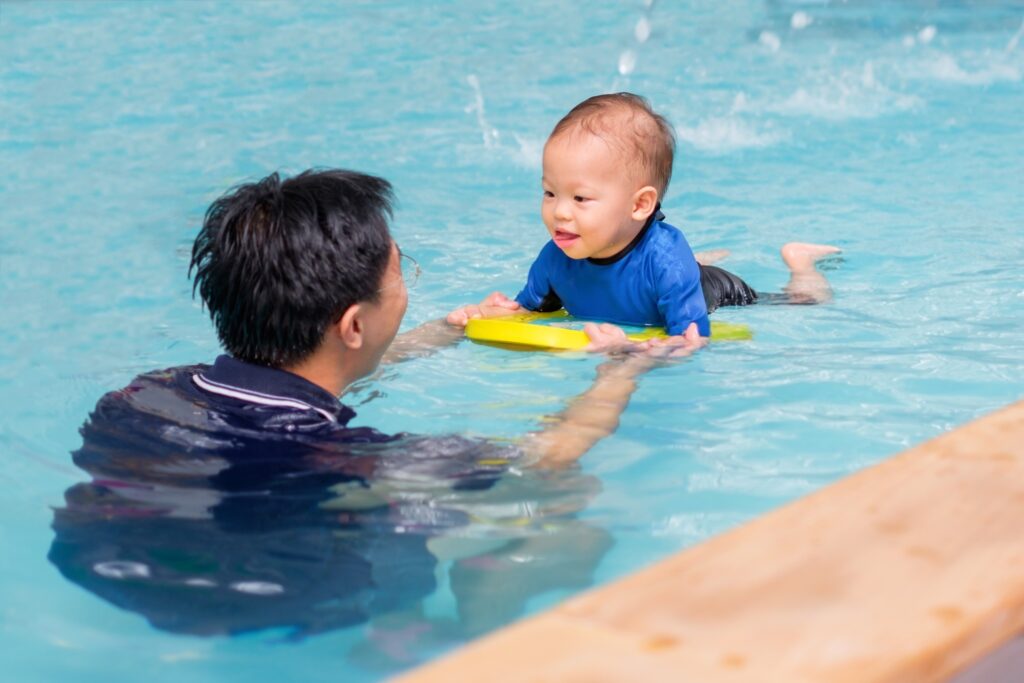
Toddlers Who Learn Early Swim Longer
One of the often overlooked benefits of teaching toddlers to swim is how it sets them up for long-term engagement. Kids who start early tend to keep swimming longer, partly because the water feels like a familiar space. They’re more likely to explore different sports as they grow, from swim teams to water polo, or simply swimming for exercise.
They also adapt better across different water environments. Whether it’s an indoor pool or a water park, toddlers who’ve developed confidence early don’t need to re-learn how to respond. They carry that foundation forward and adjust based on the context.
Some families wonder when to introduce lessons. The answer often comes down to readiness, not age. If your toddler is curious, mobile, and eager to explore, they’re likely ready for basic instruction—especially if the facility offers one-on-one teaching or small group formats based on skill levels.
Closing Thoughts
Teaching toddlers to swim builds more than strokes. It supports physical development, emotional growth, and long-term safety. With consistent instruction, patient guidance, and thoughtful exposure to a variety of water environments, you help your child build skills they’ll use well beyond childhood.
The earlier they start, the stronger that foundation becomes—and the more confident they grow, both in and out of the water.
Welcome to my blog! I am an activity mom of three and I have over 15 years of experience crafting, writing, designing and creating. My mission is to bring fun, balance and learning to your busy homes with activities, tips, inspiration, and organization!




